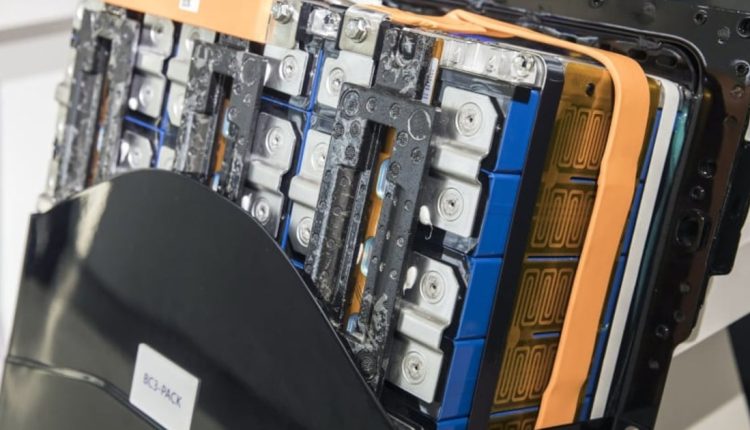An oft cited benchmark for when EVs hit price parity with conventional vehicles is $100 per kWh. Based on the updated estimates for the learning rate for batteries from this year’s survey, BNEF predicts that average pack prices should fall below that threshold by 2026. This is two years later than previously expected.
It’s worth noting, though, that $100 per kWh is a nominal figure that has been around for more than a decade and does not fully take into account how the cost of almost everything has increased due to inflation, particularly in the last 18 months.
Average new-vehicle transaction prices in the U.S. climbed to more than $48,000 this year, the highest ever.
EVs are pulling up transaction prices a bit, but the cost of making a vehicle with an internal combustion engine also is rising.
EV price parity is better thought of as a range than a fixed threshold. At today’s battery prices, some vehicle segments can already go full-electric cost-effectively without subsidies.
Premium electric vehicles, for example, arguably are at price parity with internal combustion models already, as are mini city cars in China, where EV options start at just $5,000.
For commercial vehicles like buses and delivery vans, where total cost of ownership matters most, parity is also already here or very close depending on the region and usage pattern.
Battery prices do still need to fall further for more of the middle market to go electric this decade. That is definitely still achievable but will require much more investment in all areas of the battery supply chain, as well as in R&D and manufacturing process improvements.


